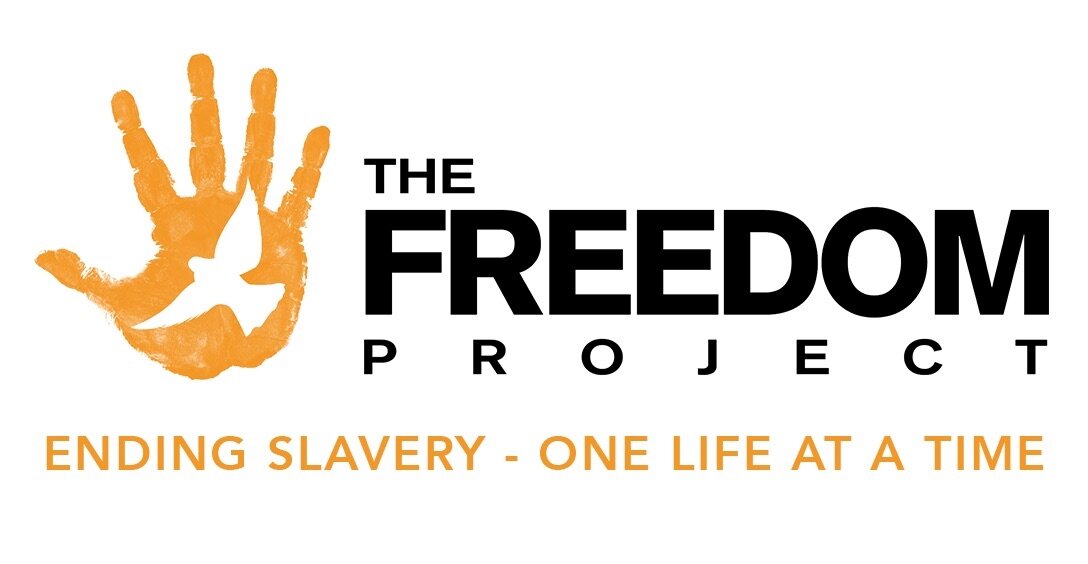The Rohingya Crisis: from refugee to trafficking victim
Background to the crisis
The Rohingya’s are a Muslim ethnic minority in Myanmar who have been persecuted by the Buddhist majority for decades. In late August 2017, a Rohingya militant group rebelled against a police post killing 12 members of the Myanmar security forces. This incident led to unforeseen retaliation from the Myanmar military. In the face of unprecedented levels of violence, the Rohingyas, now officially victim to ethnic cleansing[1], began to flee on mass to neighbouring Bangladesh.
Today, it is estimated that almost one million Rohingyas have been forcefully displaced. In fact, Kutupalong, the main Rohingya refugee camp in Cox’s Bazar, Bangladesh, is the biggest refugee camp in the world today.
The violence used against this ethnic minority and the number of men, women and children affected, has nurtured fertile grounds for human trafficking, mostly taking place in Bangladesh in and around refugee camps.
Source: The Conversation.com
4 main factors contributing to human trafficking and slavery for Rohingya refugees:
- At least 60% of the Rohingya population arriving in Bangladesh is under 18, highly vulnerable to coercion and exploitation.
- Rohingya refugees are characterized by inescapable poverty – not only from Myanmar, but also as they arrive as refugees in Bangladesh. Human trafficking flourishes in contexts of economic poverty and lack of job opportunities.
- Due to security reasons, the refugees are prohibited to leave the camp at any time. This factor further traps the Rohingyas in endemic poverty whilst diminishing their prospects of income generation and increasing their feeling of exclusion.
- Since 1982, Rohingyas have been deprived of Myanmar citizenship and are therefore undocumented. Unfortunately, Rohingyas have no other option but to use the help of smugglers to cross borders.
- Due to high levels of violence and chaos leading to urgent mass human displacement in Myanmar, families often arrive at different times and struggle to reunite. This often means children are left alone and are therefore highly vulnerable to trafficking.
The combination of these different factors has dramatically accelerated the development of human trafficking networks in and around refugee camps. According to testimonies, refugees are often lured by fake job or marriage proposals that lead to forced labour and sex trafficking.
So what steps can be taken to fix this?
The high vulnerability of Rohingyas combined with the lack of job opportunities should inform and shape the responses from international development agencies involved in the refugee camps. An integrated approach is needed, to deal with the humanitarian crisis stemming from mass displacement, as well as counteracting the development of human trafficking networks.
Source: Instagram
There are some great examples of NGOs doing this well. Some are employing Rohingya refugees to build shelters and to carry out handy work around the camps. Such initiatives should be a priority to effectively combat the supply of people vulnerable to trafficking and other forms of exploitation.
While job opportunities are a great start, one of the biggest threats to the Rohingya’s freedom is their legal status… or lack thereof. Rohingyas lack clear protection from international laws, making it extremely difficult for any local or international groups to investigate and rescue victims of trafficking or slavery.
The Rohingya refugee crisis, exacerbated by a growing human trafficking network, is both economic and political. It has become a ripe ground for human trafficking because of the dangerous combination of vulnerabilities the refugees face. In order to overcome this crisis, local and international government, non-government and other organisations have to work together to tackle each problem in the specific context of the Rohingyas.
--
The Freedom Project works in Myanmar in vulnerable communities with a focus on peace-building, community education, and income-generation projects. Our vision is to help keep children out of the army and in school. You can help end slavery one life at a time by making a donation today.
This blog was written by Gaby, a research student volunteering with The Freedom Project in 2018.
[1] This term has repeatedly been used by UN officials


